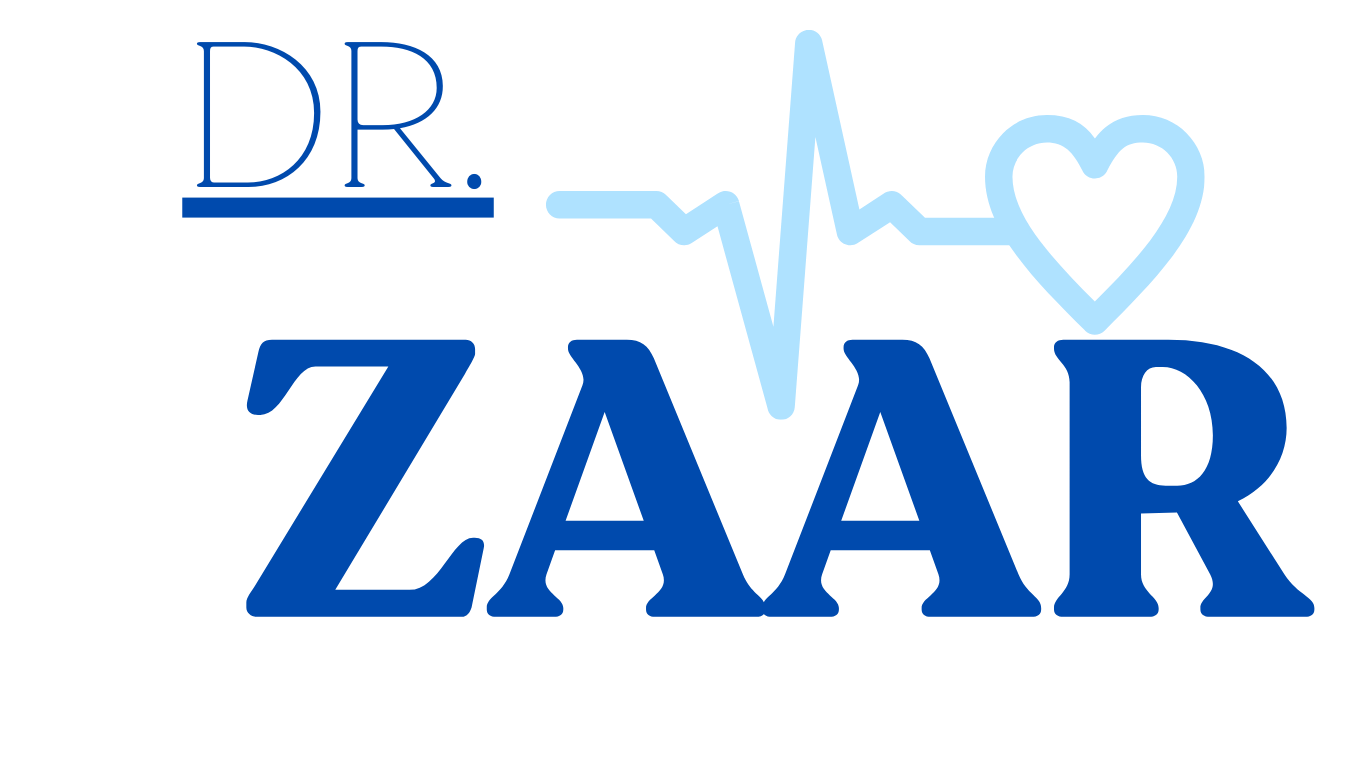Exploring Noradrenaline Signaling in Menopausal Symptomatology: A Case Study
Exploring Noradrenaline Signaling in Menopausal Symptomatology: A Case Study
Introduction:
Mrs. Smith, a 52-year-old woman, visited her primary care physician complaining of frequent hot flashes, night sweats disrupting her sleep, and bouts of irritability and anxiety. She had recently entered menopause and was struggling to cope with the physical and emotional changes accompanying this transition. Recognizing the complexity of menopausal symptomatology, her physician decided to explore the role of noradrenaline signaling in her symptoms.
Background:
Menopause represents a significant hormonal shift in a woman’s life, characterized by the cessation of menstrual periods and declining levels of estrogen and progesterone. These hormonal changes can lead to a range of symptoms, including hot flashes, mood swings, and cognitive changes. While estrogen has traditionally been the focus of research on menopausal symptomatology, emerging evidence suggests that noradrenaline, a neurotransmitter associated with stress response, may also play a crucial role in symptom manifestation.
Assessment:
During the initial assessment, Mrs. Smith described her symptoms in detail, emphasizing the distress they were causing in her daily life. Her physician conducted a thorough physical examination and ordered blood tests to assess her hormone levels, including estrogen, progesterone, and noradrenaline. The results revealed a decline in estrogen levels consistent with menopause, as well as elevated levels of noradrenaline.
Treatment Plan:
Based on the assessment findings, Mrs. Smith’s physician developed a comprehensive treatment plan targeting both hormonal and noradrenergic pathways to address her symptoms effectively.
- Hormonal Therapy: Given the decline in estrogen levels, Mrs. Smith was prescribed hormone replacement therapy (HRT) to alleviate her hot flashes and night sweats. Estrogen supplementation helped restore hormonal balance and improve her overall well-being.
- Noradrenaline Modulation: Recognizing the role of noradrenaline dysregulation in Mrs. Smith’s symptoms, her physician recommended lifestyle modifications and stress management techniques to help regulate her stress response. Additionally, she was prescribed a low-dose selective serotonin-norepinephrine reuptake inhibitor (SNRI) to modulate noradrenergic activity and alleviate her mood symptoms.
Follow-Up:
Mrs. Smith followed her treatment plan diligently and reported significant improvement in her symptoms over the following weeks. Her hot flashes and night sweats became less frequent and less severe, allowing her to sleep more soundly at night. Moreover, she noticed a reduction in her irritability and anxiety, enabling her to navigate daily challenges with greater ease.
Conclusion:
This case study highlights the importance of considering noradrenaline signaling in the management of menopausal symptomatology. By addressing both hormonal imbalances and noradrenergic dysregulation, Mrs. Smith’s physician was able to develop a tailored treatment plan that effectively alleviated her symptoms and improved her quality of life during this transformative stage of life. Moving forward, further research into the role of noradrenaline in menopause may offer new insights and therapeutic approaches for women experiencing similar challenges.
“Managing Menopausal Transition: A Case Study of Cortisol’s Influence”
Comprehensive Management of PCOS with Dopamine.
Case Study: Introduction This case study focuses on the management of Sarah, a 30-year-old woman diagnosed with Polycystic Ovary Syndrome.
Read MoreUnraveling Estrone’s Influence in PCOS
Case Study: Estrone’s: Sarah, a vibrant 28-year-old artist, had always suspected something was amiss with her body. Irregular periods, unexplained.
Read More